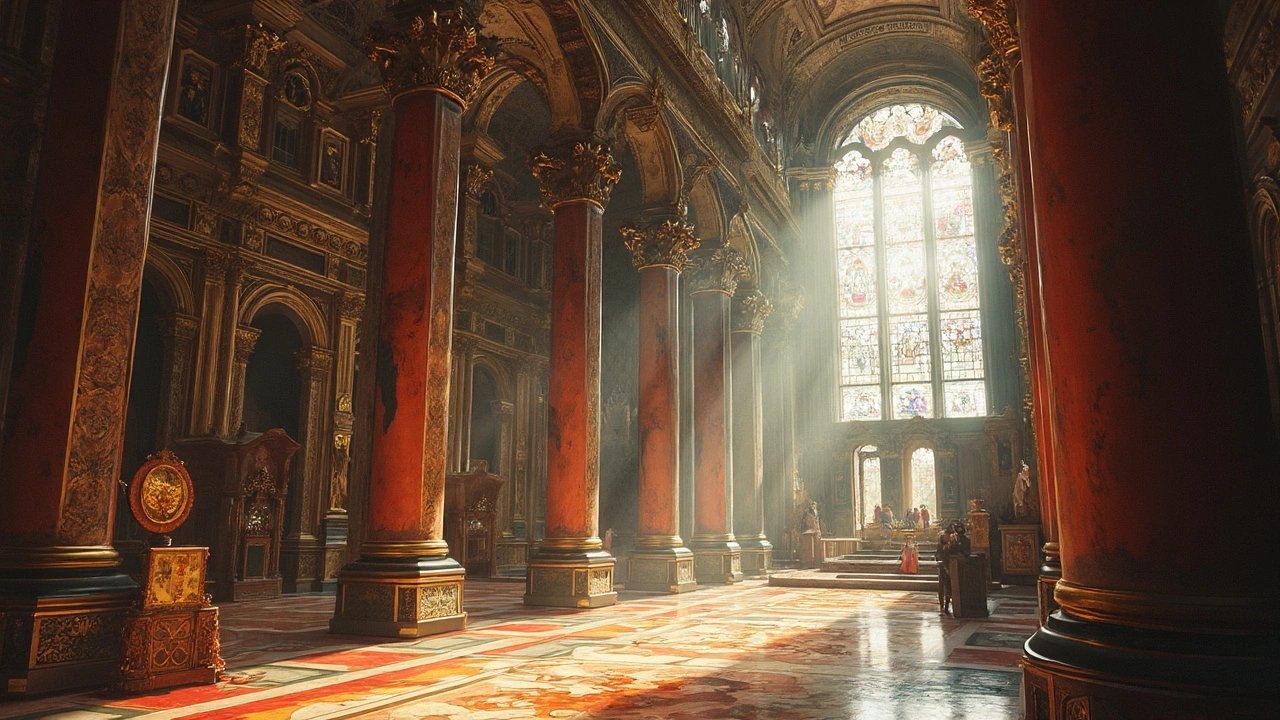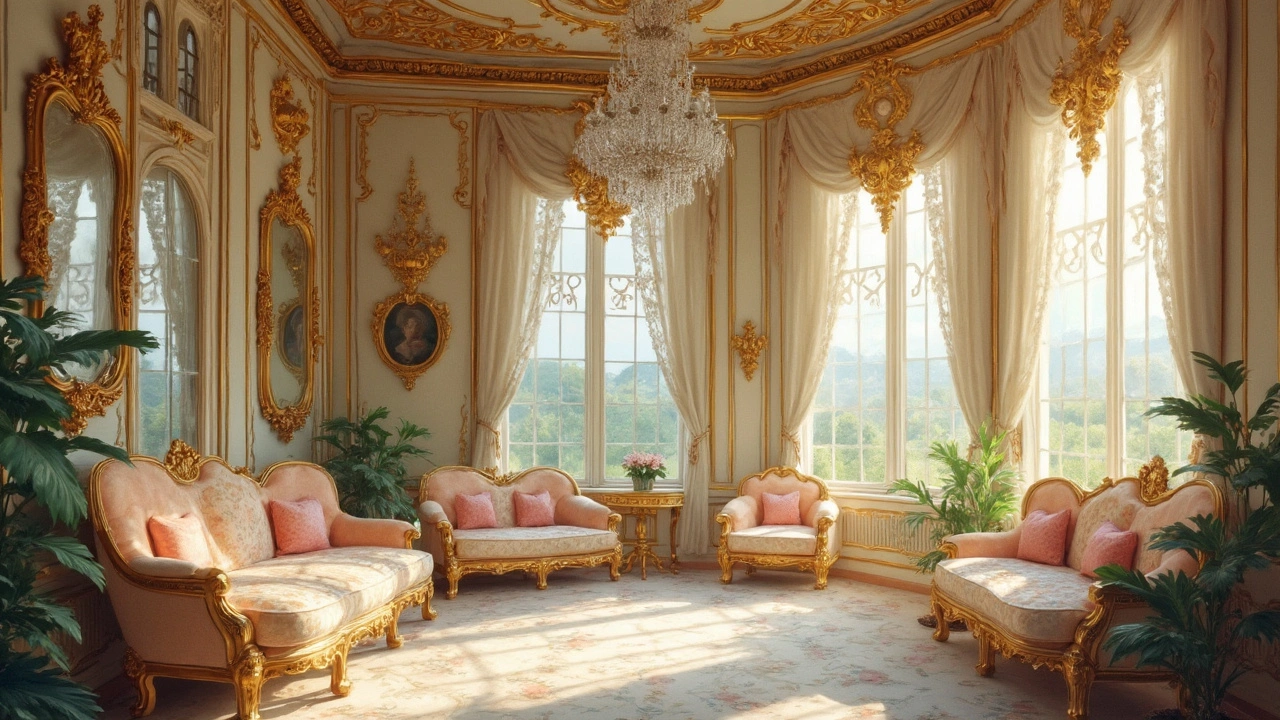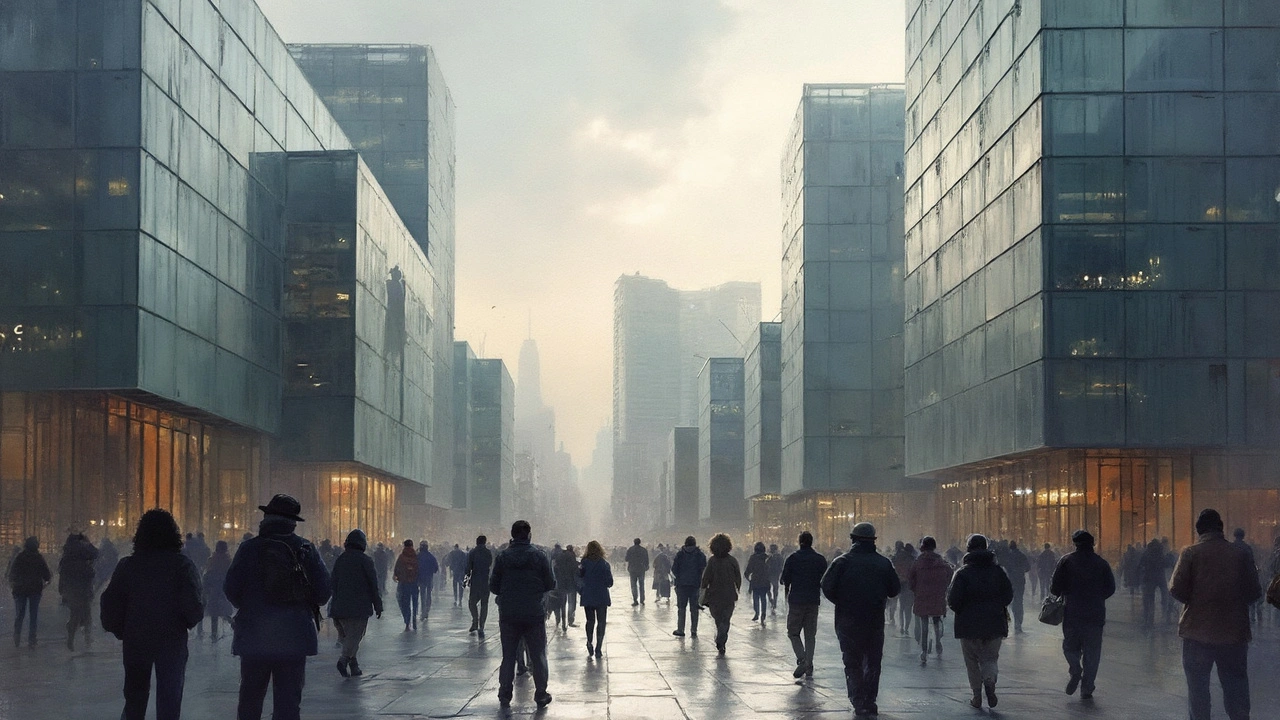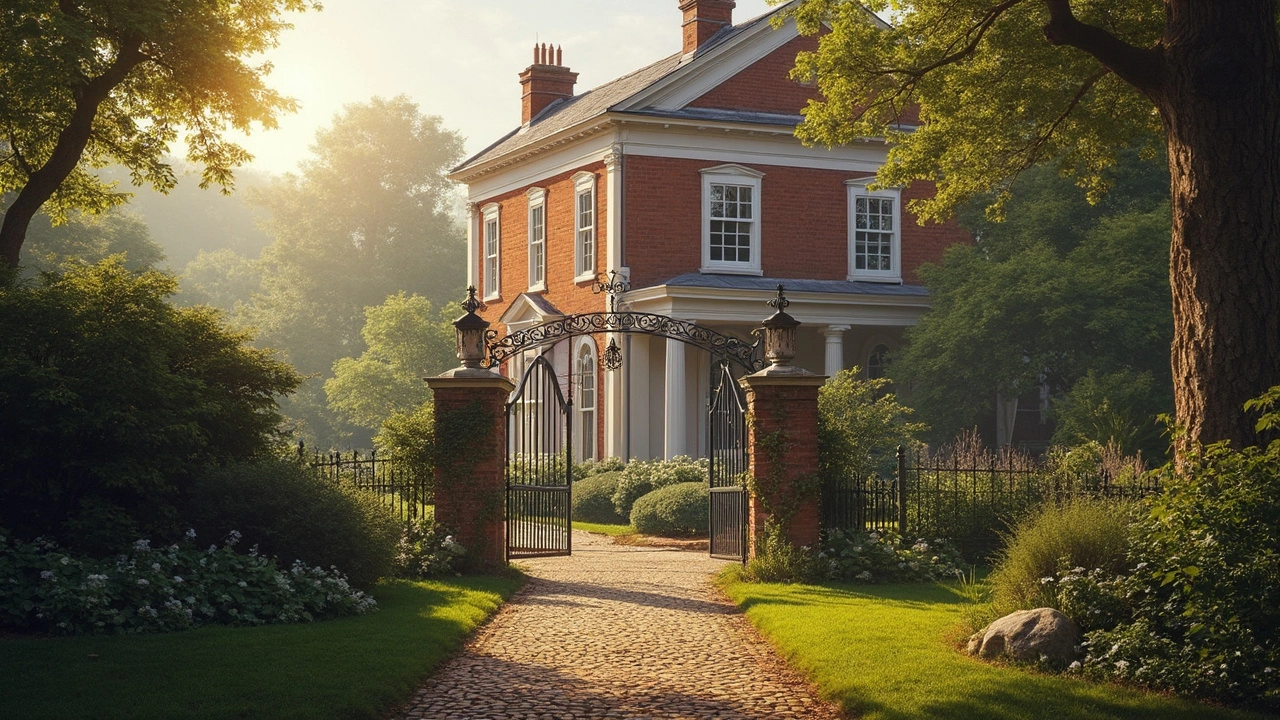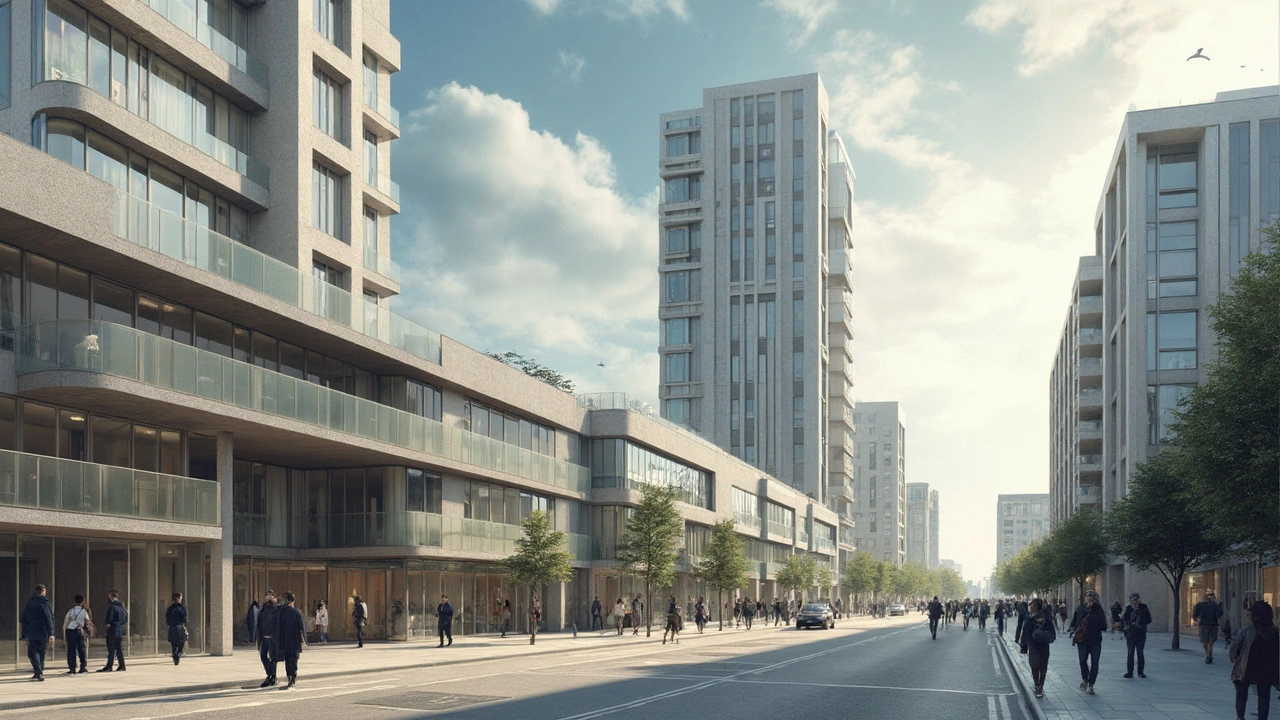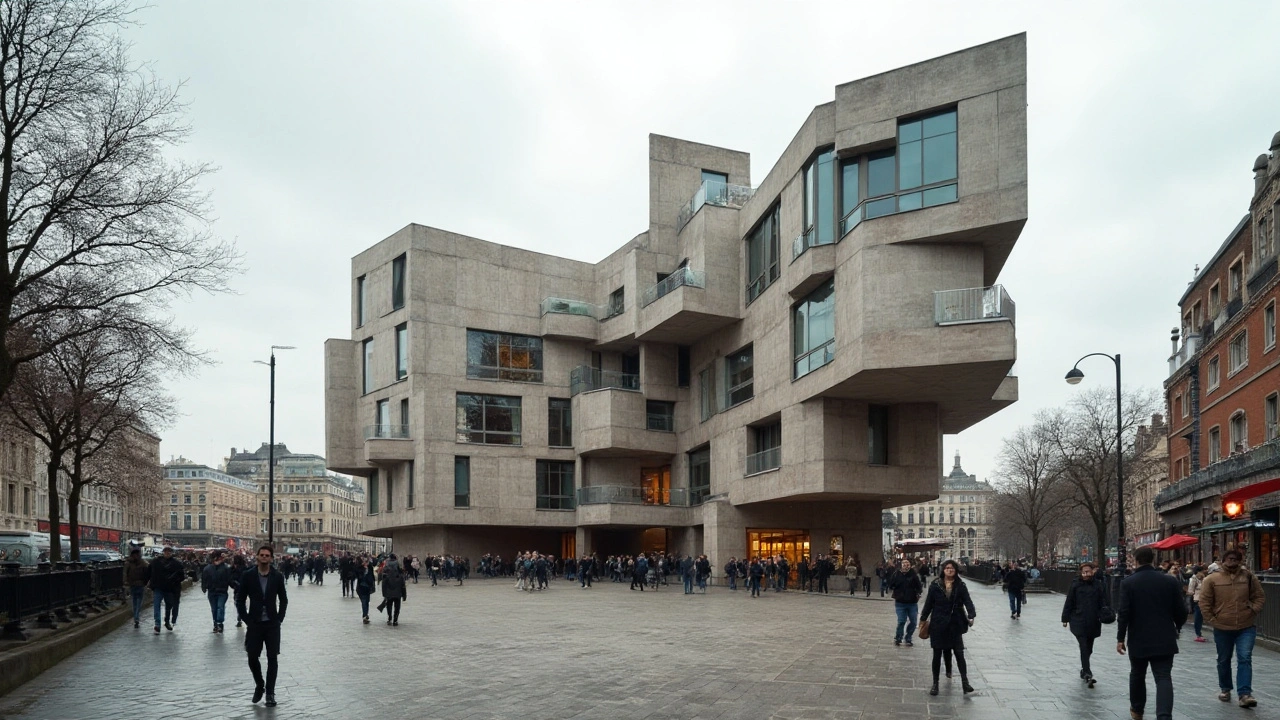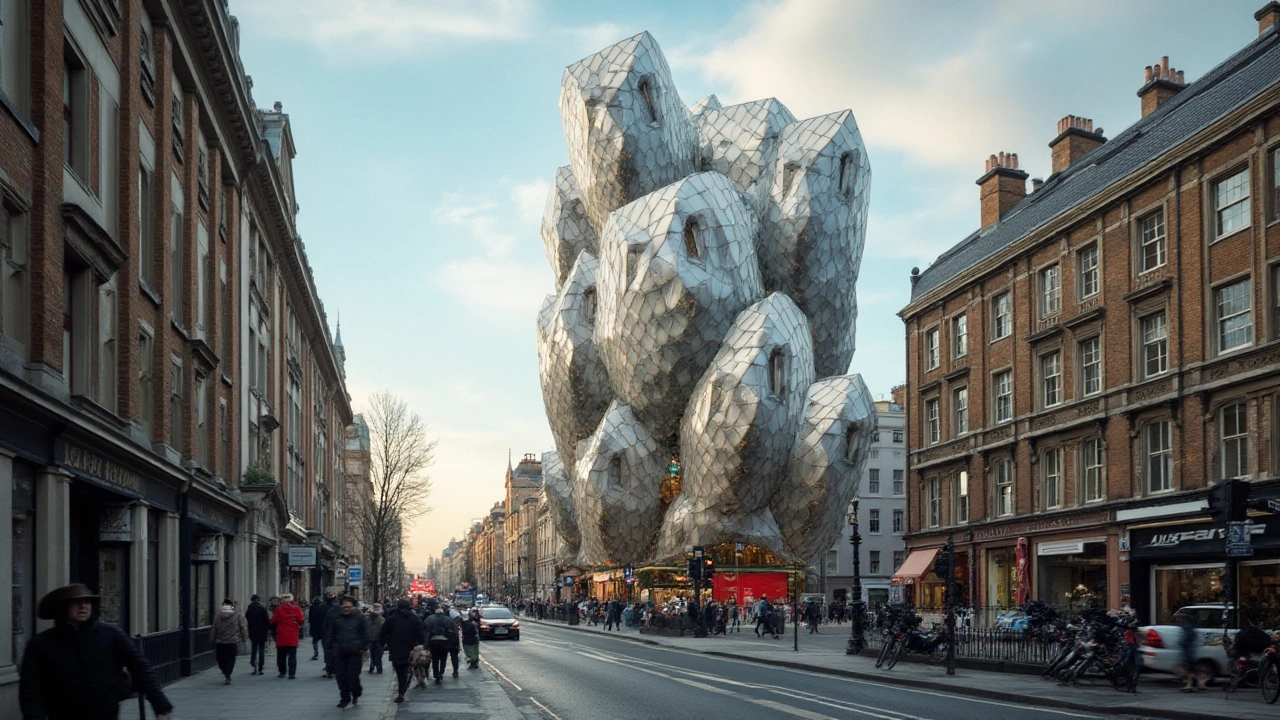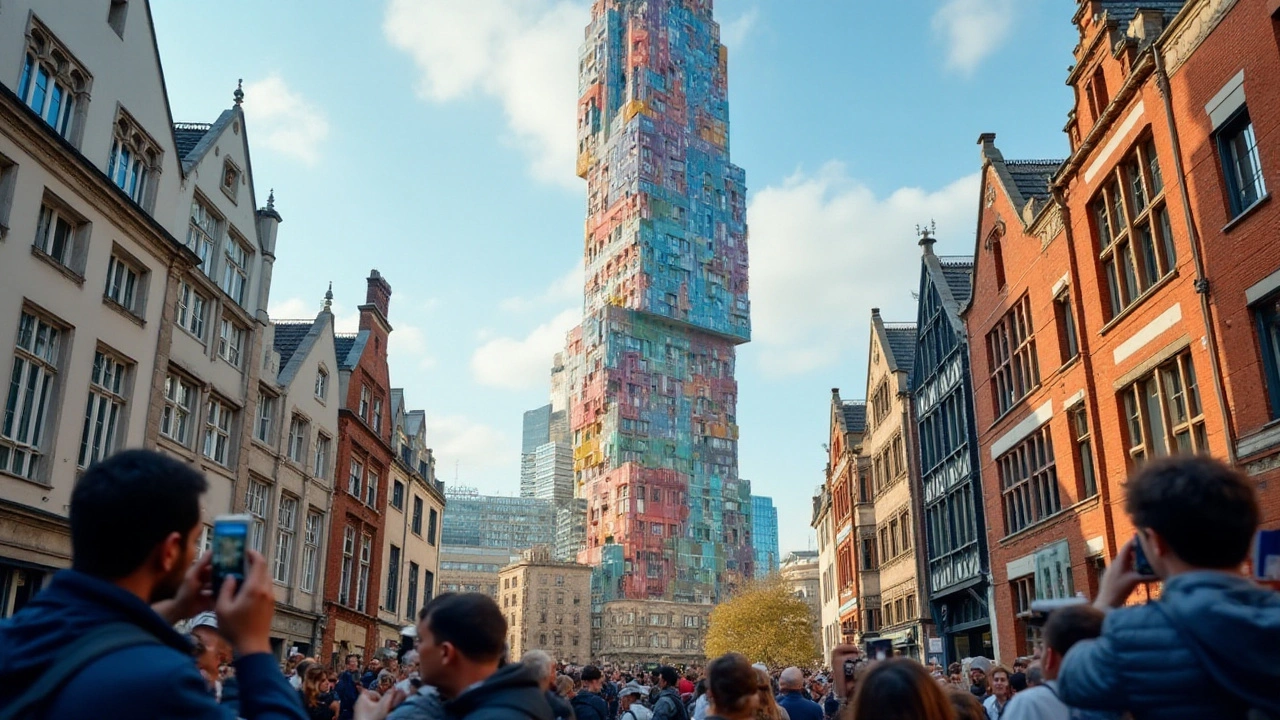Discover the captivating world of Baroque architecture—a style defined by grandeur, drama, and intricate details. This article explores its historical roots, key features, and iconic examples. Learn how Baroque design has influenced modern aesthetics and get practical tips for incorporating its elements into your own space.
Design: Practical Guide to Architectural Styles and How to Use Them
Want to recognize a building’s style and borrow ideas for your own space? Good. Knowing a few design rules saves time and money when you renovate, decorate, or just walk a city block. This page pulls together clear, useful tips from classic to modern movements so you can spot features fast and apply what you like.
How to spot major styles
Look for a few simple clues: columns and symmetry point to Greek Revival or Beaux-Arts. Arches, heavy ornament, and drama often mean Baroque or Renaissance. Clean lines, flat roofs, and open plans usually signal Bauhaus or Mid-Century Modern. Metal, glass, and exposed structure tell you high-tech is in play. If a building feels playful or mixes odd colors and shapes, it could be Postmodern or Expressionist.
For colonial styles, check the materials and local details: timber framing, sash windows, or tiled roofs can reveal whether a building is Spanish, British, or Dutch-influenced. Constructivist structures tend to use bold geometric forms and strong, angled elements—the kind that look like a political statement in steel and concrete.
Quick design tips you can use today
Want to borrow style without rebuilding? Pick one clear element from a style and use it consistently. Add Greek-style columns to a porch, or use sash windows and brickwork to hint at Georgian charm. For a modern touch, bring in a Bauhaus lamp, a Mid-Century chair, or a single high-tech glass wall. Mixing is fine—pair a Craftsman door with simple, modern hardware to balance warmth and clarity.
When working on preservation or renovation, keep original details that define the style. Replace missing moldings with accurate profiles, match paint colors to period palettes, and use materials that age the same way. If budget is tight, focus on the facade and entry—they make the biggest visual impact for least cost.
Want to learn more? Read short guides on Renaissance, Roman, Beaux-Arts, and Neo-Futurism to see how each movement solved practical problems: where to put light, how to handle structure, and how style followed technology. Those posts offer real examples you can visit or reference when planning a project.
Finally, think about context. A style that works in a coastal town (Mediterranean Revival) may feel out of place in a dense urban block where International Style or Beaux-Arts made the streets. Match scale, material, and rhythm to the neighborhood and your design will feel right.
Use this page as a quick reference: spot a style, pick one element, and try it in your space. You don’t need to copy an era—just use what helps the building breathe, work, and look like it belongs.
Rococo design, an 18th-century style known for its ornate detail, playful themes, and delicate artistry, continues to capture imaginations with its elegance and whimsy. Originating in France, Rococo moved away from the grandeur of Baroque, focusing instead on lightness, curves, and harmony. This style is celebrated in furniture, architecture, and decorative arts for its creative flair and attention to detail. Understanding the essence of Rococo can inspire anyone interested in interior design or art history, offering insight into blending beauty and function.
International Style, a defining architectural movement, emerged in the 1920s as a response to the ornate designs of previous eras, emphasizing function, simplicity, and open spaces. Known for its clean lines and minimalistic approach, it revolutionized modern architecture and influenced how buildings are designed globally. An exploration into the history of this movement unveils the key figures, including Le Corbusier and Ludwig Mies van der Rohe, who shaped its aesthetic. This article delves into its core principles, influential works, and provides practical tips for incorporating its design elements into contemporary spaces.
The International Style revolutionized architecture and art with its emphasis on functionalism and minimalism, greatly influencing modern urban landscapes. Merging simplicity and practicality, this style left a lasting impression, shaping how buildings are designed worldwide. By prioritizing open spaces and sleek lines, the International Style impacted art and design, bridging cultures and fostering a global architectural language. Shell out this guide for an informed exploration of its key features and historical significance.
Explore the charm of Colonial Revival architecture, a timeless style that brings history to life. This article dives into its features, history, and impact, providing practical design tips along the way. Learn why this style captivates homeowners, architects, and history buffs alike. Discover how modern homes can integrate Colonial Revival elements for a classic touch. Get ready to appreciate a style that never goes out of fashion.
The Bauhaus style redefined design and architecture in profound ways. Emerging in Germany during the early 20th century, this movement broke away from tradition, embracing functionality and simplicity. Bauhaus merged creativity with practical craftsmanship, influencing everything from furniture to urban planning. Its impact has continued to shape contemporary design, emphasizing that form should follow function.
Deconstructivism challenges conventional design with its avant-garde approach, dispelling the norms of uniformity and order. This movement, rooted in architectural innovation, transforms traditional structures by emphasizing elements like fragmentation and irregularity. With influential figures such as Frank Gehry leading the charge, deconstructivism has redefined spaces from buildings to urban environments. By exploring this design philosophy, observers can gain insights into the creativity and risk-taking that drives this transformative art form.
Deconstructivism challenges traditional design norms by embracing asymmetry and fragmentation, leading to innovative spaces that defy conventional aesthetics. This approach has been instrumental in transforming environments, pushing the boundaries of what architecture can convey. Through its unique way of juxtaposing elements, Deconstructivism creates dynamic spaces full of tension and excitement. The article explores its principles, historical roots, and practical impacts on contemporary spaces.
Postmodern architecture stands as a testament to creativity and nonconformity in design. Its origins trace back to the late 20th century as a response to the rigid norms of modernism. Embracing eclectic styles, bright colors, and historical references, postmodernism breathed new life into urban landscapes. This article delves into its defining features, cultural impact, and celebrated structures across the globe. Discover how postmodern architecture continues to challenge convention and inspire new generations of architects.
Art Nouveau architecture, emerging at the turn of the 20th century, is marked by its ornamental style that draws inspiration from natural forms and structures. The movement sought to break away from the historical architectural styles and aimed to infuse functionality with beauty. Characterized by its flowing lines and intricate details, Art Nouveau was seen in buildings worldwide, with notable examples in Europe and beyond. The style not only captured the aesthetic spirit of its time but also paved the way for future design innovations.

